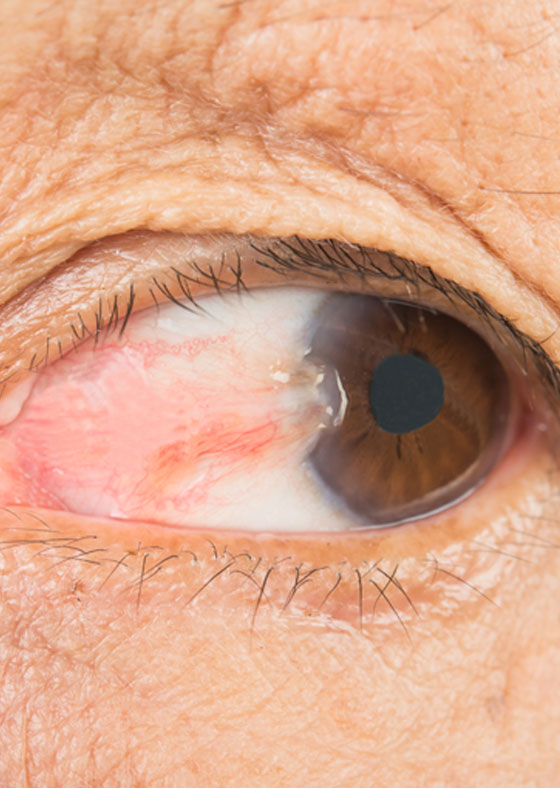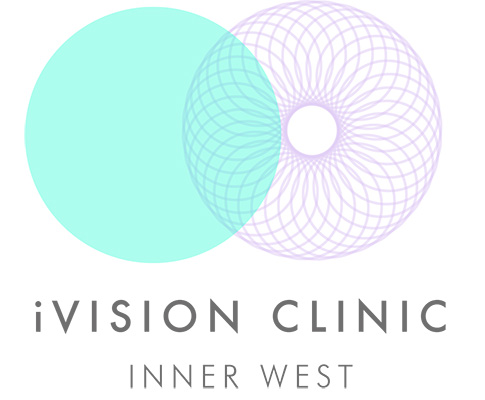A pterygium is a benign growth on the surface of the eye. It first appears on the white part of the eye (usually the inner corner near your nose). It then grows towards the centre of the eye.
A pterygium is usually harmless but if it grows across your cornea, it can affect your vision. It can also cause some discomfort, and many people don’t like how it looks.
Protecting your eyes from the sun can help stop the pterygium from growing. But the only way to remove a pterygium is with surgery.
What happens during pterygium surgery?
Our eye specialists perform pterygium removal under topical anaesthetic (eye drops only). You will be awake but you won’t feel any discomfort.
During the 30–40 minutes that surgery takes, our specialist eye surgeons trim away the pterygium and applies a graft. The graft usually consists of your own conjunctiva and is held in place with surgical glue or dissolving sutures. Applying a graft helps prevent recurrence.
A dressing or eye patch will be placed once the surgery is finished.
What happens after pterygium surgery?
Recovery from pterygium surgery doesn’t take long. You will wear a dressing or eye patch for a couple of days and once that’s removed, you can resume most activities. You might be a bit more sensitive to light for a few weeks.
It’s likely your eye specialist will prescribe some steroid eye drops. These will reduce inflammation and prevent recurrence.
You will need to be monitored for up to 12 months. This is because of the high risk of recurrence during the first year. The frequency of check-ups is determined on a case by case basis. Your eye specialists will work out what is right for you.

